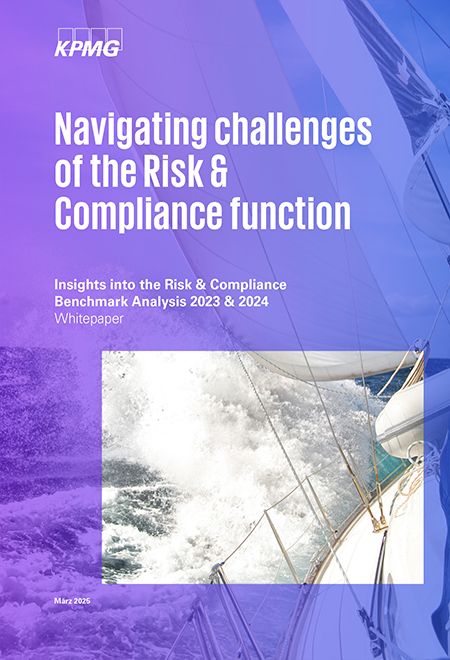Technological, regulatory and geopolitical upheavals are shaping the volatile market environment. The change has far-reaching consequences for Chief Risk Officers (CROs) in the financial sector. What is the current state of the CRO function in companies - and what changes are coming? In our English-language publication based on the Risk & Compliance CRO Benchmark Study 2024, we analyze the status quo and key areas of action for the CRO function. We highlight practical trends and identify focus areas that are relevant for the successful further development of risk management in times of various transformation processes.
CRO function: employee capacities, personnel costs and the use of AI
The management of credit risks ties up a lot of staff capacity. In the financial institutions analyzed, the Credit Risk division has the most full-time equivalents (FTEs). The CRO function requires specialists with specialist knowledge and correspondingly high salaries, who should be continuously trained. This is reflected in personnel costs, which were higher for the majority of banks in 2023 than in the previous year. Further increases were expected. The upward trend is particularly pronounced at larger institutions, which are coping with complex risk landscapes and stricter compliance requirements.
The use of artificial intelligence can automate certain tasks in credit risk management. The ratio of management to non-management positions is therefore expected to change from 1:11 to at least 1:9. On the other hand, new employees will be needed for demanding tasks. Banks have hired additional employees for the management of non-financial risks and in the area of cybersecurity.
Dr. Arvind Sarin
Partner, Financial Services
KPMG AG Wirtschaftsprüfungsgesellschaft
Patrick Lausberg
Senior Manager, Financial Services
KPMG AG Wirtschaftsprüfungsgesellschaft



